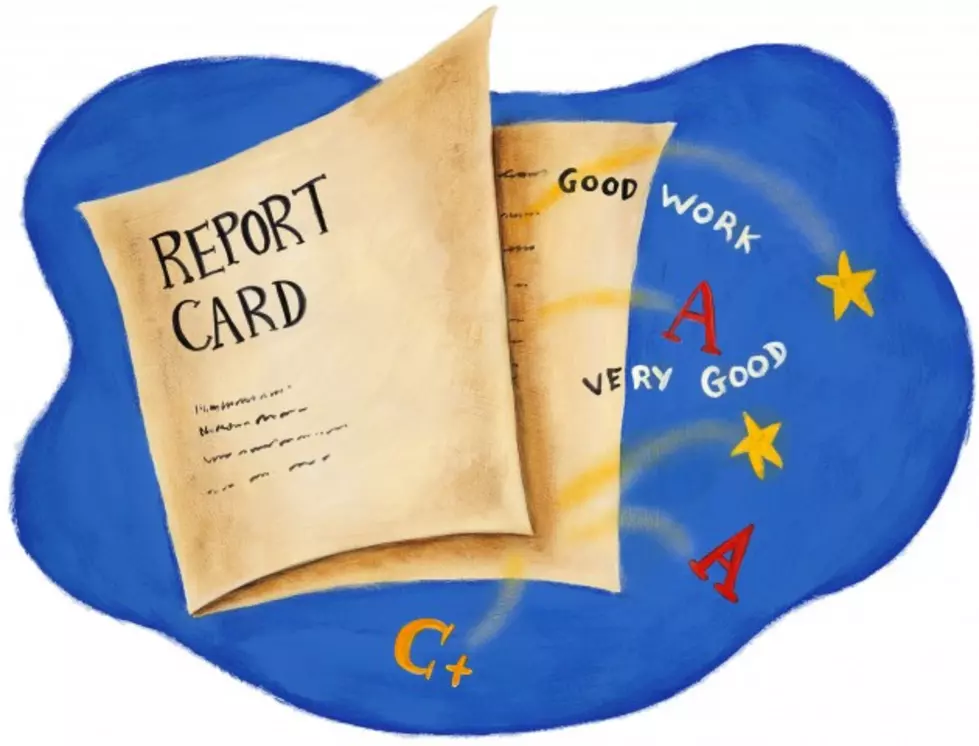
Louisiana’s Student, School Achievement Report Cards Released
BATON ROUGE, La. - The Louisiana Department of Education today released school report cards summarizing and evaluating academic achievement for the 2013-2014 school year, part of the state's long-term transition to higher expectations.
Each school report card includes information used to calculate school letter grades and provides parents and educators information on the performance of schools statewide. The release comes on the heels of a two-week period in which Department staff and school district leadership reviewed school results and analyzed the information contained in the reports through in-depth discussions specific to each district.
Student achievement results announced in the summer showed steady progress with modest improvements. School report cards and letter grade ratings reflect these modest, steady gains. The percentage of students scoring "mastery" and above on grade 3-8 tests increased by 1 percent in English language arts and 2 percent in math to record high levels; graduation rates rose by 1.2 percentage points to 73.5 percent, a record high; 23,560 seniors earned college-going ACT scores, a state record; and 6,407 Louisiana students earned college credit by passing an Advanced Placement test, a state record. As a result, the number of schools earning a letter grade ratings of "A" increased by 54, resulting in 241 "A" schools in 2014 compared to 187 in 2013.
The 2014 report cards are part of the state's multi-year transition to higher academic expectations. During the 2013-2014 and 2014-2015 school years, educators, parents, and students are learning the new expectations, as the state's tests and accountability system adjust. Louisiana committed to a gradual change process, ensuring that schools would not be humiliated, educators not denigrated, and students not punished in the process.
The state designed its grade 3-8 LEAP and iLEAP tests to be as challenging as the National Assessment of Education Progress (NAEP). As a result, students achieved similar scores on the 2014 LEAP to those scored on the NAEP. In 2015, students in grades 3-8 will take the same English and math tests as roughly 5 million students in other states. Test results will then be used to establish a "baseline," and each year henceforth it will be more challenging for schools to maintain a high performance score. By 2025, a school rated "A" will average "mastery" on grade 3-8 tests rather than today's standard of "basic."
Because of this transition to higher expectations, even though test scores remained steady, the Board of Elementary and Secondary Education (BESE) added an additional layer of stability to the report card letter grade system during the 2014 and 2015 transition process, requiring that the overall distribution of letter grades awarded to schools would not indicate lower performance than in 2013. While schools may improve on their own, BESE guaranteed that there would not be fewer A-rated schools or fewer B-rated schools in 2014, for example, than in 2013. Of the 1,335 schools statewide, 21 (1.6 percent) had letter grades increased as a result of this policy. Because of the new and special nature of this policy, State Superintendent John White has asked for an external review of its implementation by the Legislative Auditor's Office, which will start immediately and will be presented at the December BESE meeting.
"School and school district report cards are tools that parents and educators can use to understand what is happening in their schools and what choices they can make in response," said Superintendent White. "Student performance statewide was steady in 2014, and letter grade ratings reflect this. As the state transitions gradually to higher expectations, it will become more challenging for schools and districts to maintain high ratings."
More From K945, The Hit Music Channel
![Meghan Trainor Debuts New Single ‘Lips Are Movin’ [LISTEN]](http://townsquare.media/site/252/files/2014/10/MeghanTrainor.jpg?w=980&q=75)

![5 Seconds of Summer Share New Song Clip ‘Just Saying’ [LISTEN]](http://townsquare.media/site/252/files/2014/10/5SecondsOfSummer1.jpg?w=980&q=75)




![Nick Jonas Drops New Song, ‘Wilderness’ [LISTEN]](http://townsquare.media/site/252/files/2014/10/NickJonas4.jpg?w=980&q=75)

